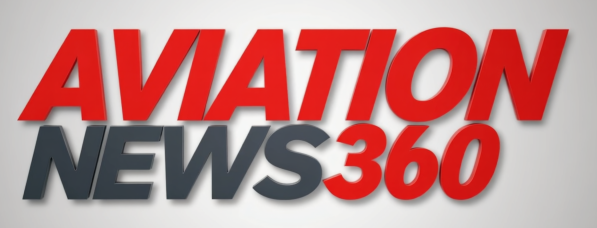[aviation news]
Spirit Airlines has urged the U.S. Department of Transportation (DOT) to reject the proposed “Blue Sky” partnership between JetBlue Airways and United Airlines, announced in May 2025.
Spirit’s complaint, filed on June 24, 2025, argues that this alliance could stifle competition, raise fares, and harm consumers in an already concentrated airline industry.
As the DOT reviews the partnership, Spirit’s concerns highlight deeper tensions in the U.S. aviation market. But are these fears justified, or is this a strategic play by a struggling low-cost carrier?
What Is the Blue Sky Partnership?
The Blue Sky partnership allows JetBlue and United customers to book flights on either airline’s website, earn and redeem loyalty points interchangeably, and access shared benefits.
Starting in 2027, JetBlue will provide United with slots for up to seven daily round-trip flights at New York’s JFK Airport, while the airlines will exchange eight flight timings at Newark.
United will also integrate select holiday and travel services into JetBlue’s Paisley platform. Unlike the defunct Northeast Alliance between JetBlue and American Airlines, Blue Sky avoids schedule or pricing coordination, which JetBlue claims ensures it remains a competitor to United.
Spirit’s Antitrust Concerns
Spirit argues that Blue Sky is anticompetitive, warning that it could transform JetBlue from a low-fare disruptor into a “de facto vassal” of United, a legacy carrier with significant market power.
By aligning JetBlue’s network decisions with United’s interests, the partnership could reduce competitive pressure, particularly in constrained markets like New York and Boston.
Spirit fears this could lead to higher fares, fewer choices, and a ripple effect, encouraging other major carriers like Delta or American to pursue similar alliances.
Spirit’s filing draws parallels to the Northeast Alliance, which a federal judge blocked in 2023 for reducing competition.
While Blue Sky lacks explicit coordination, Spirit contends it creates incentives for JetBlue to prioritize United’s goals over consumer-friendly pricing.
Additionally, Spirit highlights its role as a low-cost carrier, noting that its entry into markets typically lowers fares by 7-11%. If Blue Sky weakens JetBlue’s low-fare model, Spirit argues, the entire industry could trend toward higher prices.

The Strategic Context
Spirit’s opposition comes at a pivotal moment. Spirit Airlines emerged from bankruptcy in November 2024 and is under new leadership focused on profitability.
Its $3.8 billion merger with JetBlue, blocked in March 2024 on antitrust grounds, left Spirit vulnerable.
By challenging Blue Sky, Spirit may be protecting its low-cost niche while signaling to regulators its commitment to competition.
However, critics suggest Spirit’s move is partly driven by competitive survival, as United’s loyalty program and corporate accounts could siphon customers from budget carriers like Spirit.
JetBlue and United’s Defense
JetBlue has dismissed Spirit’s complaint as a misrepresentation. It emphasized that Blue Sky enhances customer value through seamless booking and loyalty benefits without undermining competition.
United, while less vocal, has framed the partnership as a way to expand options. Both airlines stress that Blue Sky’s structure avoids the pitfalls of the Northeast Alliance. Instead, it is positioned as a consumer-friendly collaboration.

Regulatory and Industry Implications
The DOT now faces pressure to scrutinize Blue Sky, especially under the Biden administration’s aggressive antitrust stance.
The U.S. airline industry is already dominated by four carriers—United, American, Delta, and Southwest—controlling roughly 80% of the market.
Spirit’s request for a 60-day review extension and public disclosure of the partnership’s details echoes United’s own call for transparency during the Northeast Alliance review in 2021.
If approved, Blue Sky could set a precedent for similar partnerships, potentially reshaping the industry.
However, rejection could reinforce the DOT’s commitment to protecting competition, particularly for low-cost carriers.
Spirit’s filing underscores a broader concern: as airlines consolidate power, budget carriers may struggle to maintain their market influence.
Looking Ahead
Spirit’s challenge to Blue Sky reflects the high stakes in the U.S. airline industry. While the partnership promises customer benefits, its potential to tilt the competitive balance raises valid concerns.
The DOT’s decision will likely hinge on whether Blue Sky truly preserves JetBlue’s independence or subtly aligns it with United’s interests.
For now, Spirit’s pushback serves as a reminder that even in a consolidating market, low-cost carriers are fighting to keep competition alive.
As the review unfolds, consumers and industry watchers await clarity on whether Blue Sky will soar or face turbulence.
Will the DOT prioritize innovation or competition? The answer could shape air travel for years to come.
Share this content:


